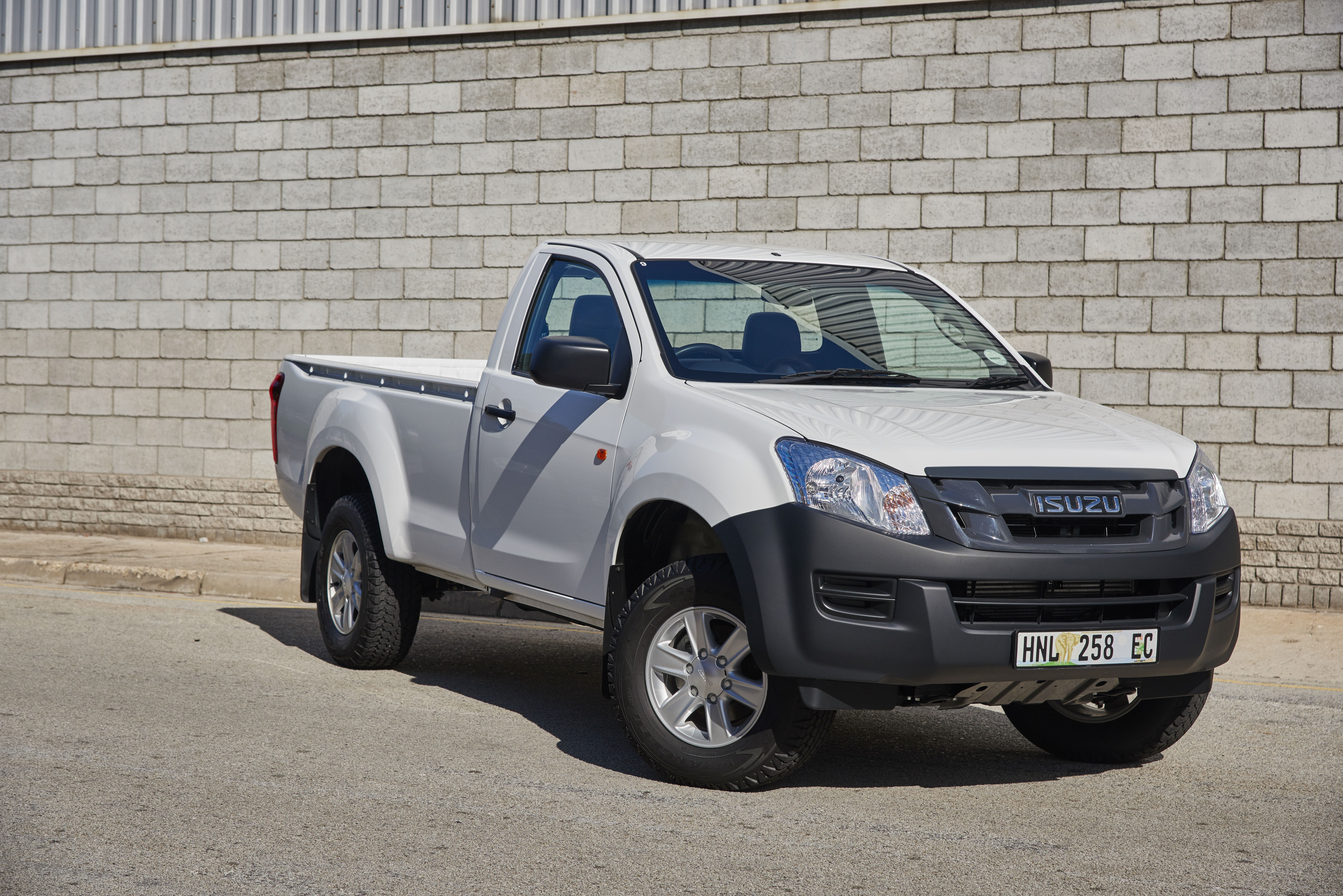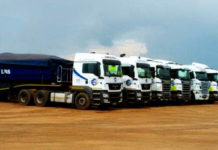As the pharmaceutical industry eagerly anticipates the creation and distribution of a COVID-19 vaccine and the pandemic itself shines a spotlight on health and safety issues, companies will need to be increasingly vigilant when it comes to maintaining the cold chain during the storage and transportation of sensitive products, says Eckart Zollner, sales and marketing director of Ikhaya Automation Systems.
The level 2 BEE company, which specialises in locally designed, developed and manufactured remote temperature monitoring systems which are internationally accredited by the World Health Organisation, offers a web-based solution that monitors multiple temperatures from anywhere in the world via the internet. This eliminates potentially dangerous oversights that could cost the likes of the pharmaceutical, healthcare and food companies millions in lost product, credibility and legal fees.
“Any break in the cold chain will render both future and current vaccines unusable. Products and materials that have been subject to a broken cold chain have to be destroyed and disposed of in a controlled and auditable manner. Notwithstanding the financial losses associated with the disposal of stock, the actual disposal process can be time consuming and expensive,” he warns.
He explains that manufacturers of temperature sensitive products specify a required storage and application temperature range that has to be achieved and may not be breached for longer than a specified period.
“A temperature excursion takes place when a temperature sensitive product is exposed to temperatures that are outside the recommended range over a defined time. A temperature excursion outside specified parameters will lead to loss of effectiveness of the product in question. Cold chain standards for vaccines, for example, are typically between 2 and 8ºC. They need to be strictly monitored every 10 minutes.”
Although cold chain management is well legislated, Zollner says it is inadequately policed, leaving it up to companies who are concerned for their own and their customers’ integrity as well as the safety of the end-user to determine the extent to which they are prepared to go to ensure that the entire cold chain is properly maintained.
This can be done via constant checks by individuals or by using sophisticated technology.
The latter, he says, is well worth the investment as it eliminates error and enhances traceability.
“It is important to establish from the manufacturer of the product the relevant specification on the optimal temperature and humidity range during storage or transport. A temperature mapping exercise of any facility should be carried out over 72 hours twice a year, in winter and summer. The temperature mapping report will identify hot spots across the facility. One or more calibrated digital temperature and/or humidity probes must be installed in accordance with the temperature mapping report. The monitoring must be able to provide real time alerts to maintenance personnel in case of temperature or humidity fluctuations. This will ensure that personnel can address any failures before the absolute thresholds are reached,” he advises.
He adds that the devices must be reliable and powered by two power sources so that an interruption of the primary power source does not affect continued operation. They must be able to communicate over more than one network connection. Monitoring devices must be able to take frequent readings in short intervals of a few minutes. The devices must have sufficient internal storage for hundreds of measurement values in case communication to an external platform is interrupted.
“As a South African company, Ikhaya can react to local and regional market requirements and has developed an agile, rapid development process. Our products are easy to use, have been built to last and have been designed to withstand the harsh conditions of the African market,” Zollner says.
Ikhaya has manufactured its class leading best of breed temperature monitoring solution since 2012 and continuously reinvests in research and development to facilitate constant solution enhancements and modernisation in accordance with market requirements.















